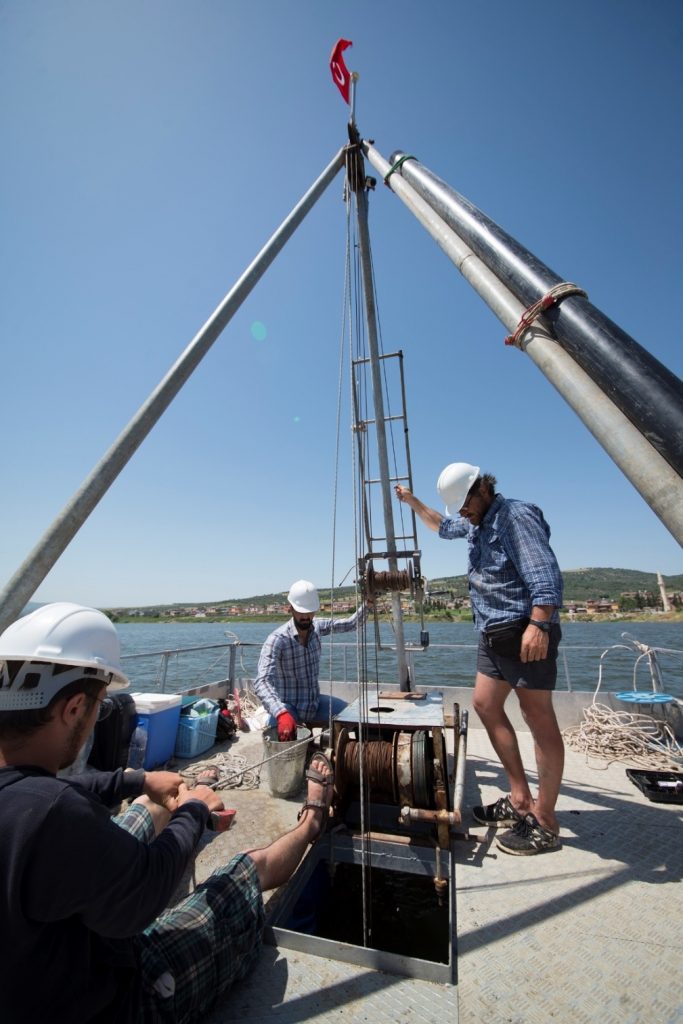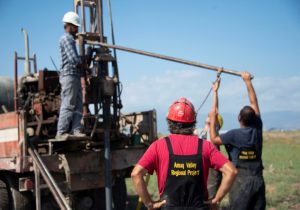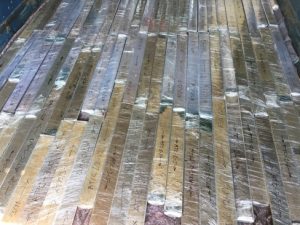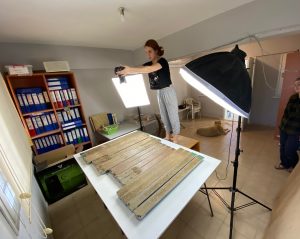Geological and Archaeological Traces of Climatic Changes in Amuq Valley during Holocene (TUBİTAK 1001)
Studies on human-climate interaction have become quite common in recent years. Although a significant part of these studies is trying to understand human-climate interaction through models based on recent data, it is also necessary to investigate how this interaction has functioned throughout history. In order to achieve this goal, paleoclimate records, which reveal the Earth’s long-term climatic dynamics, should be examined together with the archaeological records. From this point of view, the Amuq Valley, which has a wide ranging dataset obtained by systematic archaeological methods and hosts two lakes which geologically record climatic changes, is an ideal case study to investigate long-term human-climate interaction. In order to achieve these goals, a new project was launched to obtain high-resolution paleoclimate records through detailed geochronological, sedimentological, geochemical, mineralogical, palynological, and paleobotanical investigations in undisturbed core samples extracted from lakes and in the environs of mounds. A particular target of the study is the effects of droughts, known as the 8.2, 4.2, and 3.2 ka BP events, on historical agricultural activities in the valley.






